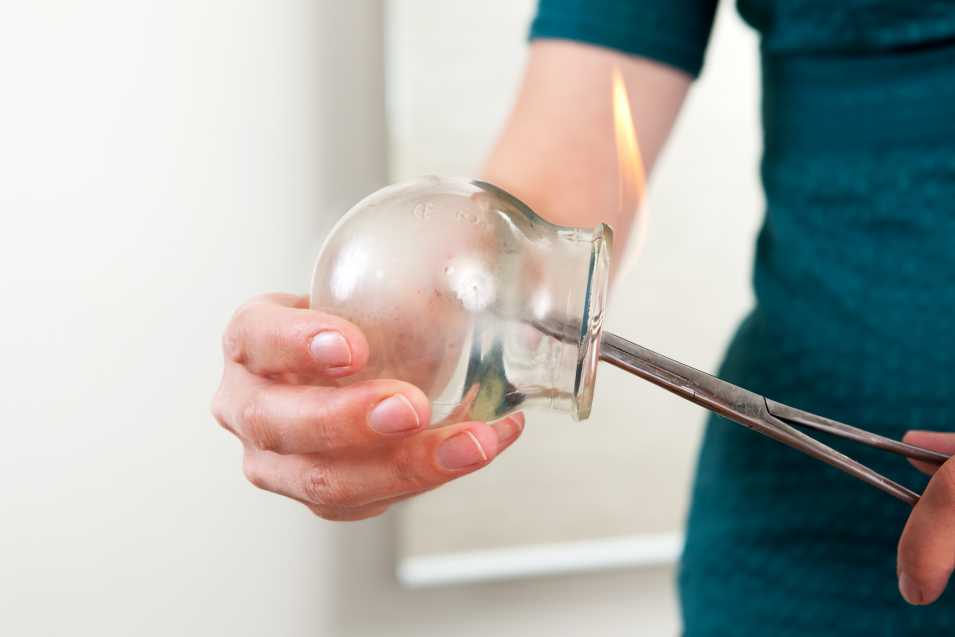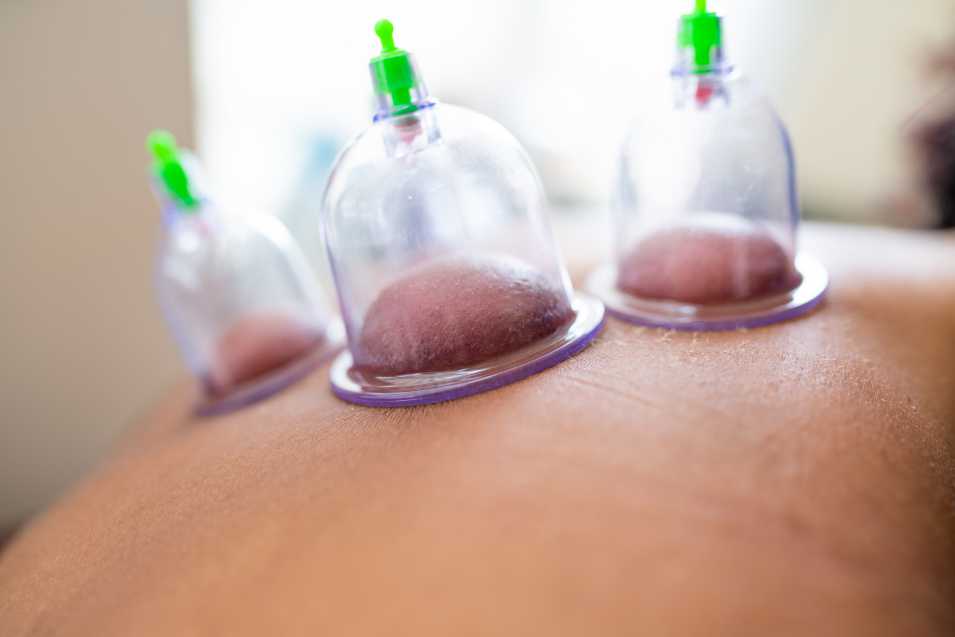As a healthcare professional, I have seen many patients who have tried different therapies and treatments, but still struggle with chronic pain and illnesses. I’m thrilled to tell you about hijama treatment, a form of alternative medicine that you may not have heard of before. This article will explain what hijama therapy is, how it works, and what ailments it can treat.
Introduction to Hijama Therapy
Hijama therapy, also known as cupping therapy, is an ancient practice used for thousands of years in different cultures, including Chinese, Egyptian, and Islamic medicine. The word “hijama” comes from the Arabic word “hajm,” which means “sucking.” During a hijama therapy session, small cups are placed on the skin to create a vacuum, which draws out stagnant blood and toxins from the body.
History of Hijama Therapy
Hijama therapy has been used since the 7th century, when the Prophet Muhammad (peace be upon him) was alive. It is mentioned in many Islamic texts as a recommended treatment for various ailments. The famous Muslim scholar Ibn Sina, also known as Avicenna, wrote about the benefits of hijama therapy in his medical encyclopedia, “The Canon of Medicine.”
Ancient Chinese medicine also made use of hijama therapy for the purpose of restoring a healthy qi (life force energy) flow throughout the body. Cupping therapy is depicted in Egyptian hieroglyphics as a means of curing illness and injury.
How Hijama Therapy Works?
Hijama therapy creates a vacuum in the cups, pulling the skin and underlying tissue upward. This suction draws out stagnant blood and toxins, promoting circulation and healing. The cups can be left in place for a few minutes or moved around to target specific areas.
Hijama therapy stimulates the immune system, reduces inflammation, and improves overall physical and mental wellbeing. Some practitioners also use herbal oils or acupuncture needles to enhance the benefits during the hijama therapy session.

Benefits of Hijama Therapy
Hijama therapy has many potential benefits for the body and mind. Some of the most commonly reported benefits include:
Pain Relief
Hijama therapy has been shown to relieve various types of pain, including back pain, neck pain, and migraines. The suction created by the cups stimulates the release of endorphins, natural painkillers.
Detoxification
Hijama therapy helps to remove toxins and impurities from the body, improving overall health and wellbeing. It is especially beneficial for people who have a sedentary lifestyle or consume many processed foods.
Improved Circulation
Hijama therapy promotes blood flow and oxygenation to the tissues, speeding up healing and reducing inflammation. It is also believed to improve the flow of qi or energy in the body.
Relaxation
Ancient Chinese medicine also made use of hijama therapy for the purpose of restoring a healthy qi (life force energy) flow throughout the body. Cupping therapy is depicted in Egyptian hieroglyphics as a means of curing illness and injury.
Skin Health
Hijama therapy can improve the appearance and health of the skin by promoting circulation and removing toxins. It’s a common remedy for a variety of skin troubles.
Conditions Treated with Hijama Therapy
Hijama therapy can be used to treat a wide range of conditions, including:
- Chronic pain
- Headaches and migraines
- Digestive disorders
- Respiratory conditions
- Skin conditions
- Anxiety and depression
- High blood pressure
- Diabetes
- Infertility
- Menstrual disorders
- Insomnia
- Fatigue
Hijama therapy should not be utilized in place of conventional medical care, but rather in conjunction with it.
Preparing for a Hijama Therapy Session
Before your hijama therapy session, preparing your body and mind for the treatment is important. To help you get ready, here are some suggestions:
Hydrate
Drink plenty of water before your session to help hydrate your body and make it easier for the cups to create suction.
Avoid Eating
Avoid eating a heavy meal before your session, as it can cause discomfort during the treatment. Have something light to eat a few hours prior, such fruit or yogurt.
Wear Comfortable Clothing
Wear loose, comfortable clothing that will allow easy access to the treated areas. Avoid wearing jewelry or accessories that may interfere with the cups.
Relax
Try to remain calm and relaxed before your session, as stress and anxiety can interfere with healing. You may want to practice deep breathing or meditation to help you relax.
The Hijama Therapy Process
During a hijama therapy session, the therapist will follow a specific process to ensure the best results. Here is what you can expect during a typical hijama therapy session:
Consultation
The therapist will begin by asking about your medical history and current health concerns. They may also ask about your lifestyle and diet to better understand your overall health.
Cup Placement
The therapist will then place the cups on your skin, usually the back, neck, or shoulders. The cups may be left in place or moved around to target specific areas.
Suction
The therapist will use a pump or flame to create a suction in the cups. You may feel slightly pulling or tugging, but it should not be painful.
Cup Removal
After a few minutes, the cups will be removed from your skin. You may notice redness or bruising in the areas where the cups were placed, which is normal and should fade within a few days.
Aftercare
The therapist will provide aftercare instructions, which may include drinking plenty of water, avoiding strenuous activity, and applying a healing ointment to the cup marks.
Aftercare for Hijama Therapy
After your hijama therapy session, taking care of your body is important to ensure the best results. Here are some tips for aftercare:
Hydrate
To aid with detoxification and the healing process, drink plenty of water.
Avoid Strenuous Activity
Avoid strenuous exercise or activity for at least 24 hours after your session to give your body time to rest and heal.
Apply Ointment
Apply a healing ointment, such as aloe vera or coconut oil, to the cup marks to promote healing and reduce inflammation.
Rest
Get plenty of rest and avoid stress to support your body’s natural healing process.
Risks and Side Effects of Hijama Therapy
Like any medical treatment, hijama therapy carries some risks and side effects. These may include:
· Bruising or skin irritation
· Infection
· Dizziness or lightheadedness
· Nausea or vomiting
· Fainting
Choosing a qualified and experienced hijama therapist is important to minimize the risks and ensure the best results.
Finding a Hijama Therapist Near You
If you are interested in trying hijama therapy, finding a qualified and experienced therapist near you is important. You can ask for recommendations from friends or family members or search online for a certified hijama therapist.
Frequently Asked Questions about Hijama Therapy
Is hijama therapy painful?
Hijama therapy should not be painful, but you may feel discomfort or pulling sensation during treatment.
How often should I get hijama therapy?
The frequency of hijama therapy sessions depends on your needs and health goals. Some people may benefit from weekly sessions, while others only need monthly or quarterly treatments.
Can anyone receive hijama therapy?
Although hijama therapy is considered safe for the vast majority of patients, it is not recommended for individuals who are pregnant, have bleeding issues, or take blood-thinning drugs.
Hijama therapy is a natural healing technique with a long history of use in different cultures. It offers many potential benefits for the body and mind, including pain relief, detoxification, improved circulation, relaxation, and skin health. If you are interested in trying hijama therapy, choose a qualified and experienced therapist near you. In the hands of trained professionals, hijama therapy can be a beneficial addition to one’s health and well-being.
